In July 1957, Frank Chelf, a Democratic congressman from Kentucky brought his harmonica to the Capitol. As members of the House Rules Committee (and a photographer from the Associated Press) looked on, Chelf played “My Old Kentucky Home,” a 19th-century ballad his state had adopted as its official song.
“The sun shines bright in the old Kentucky home,” the song, written in 1852 by Stephen Foster, begins, “Tis summer, the darkies are gay.”
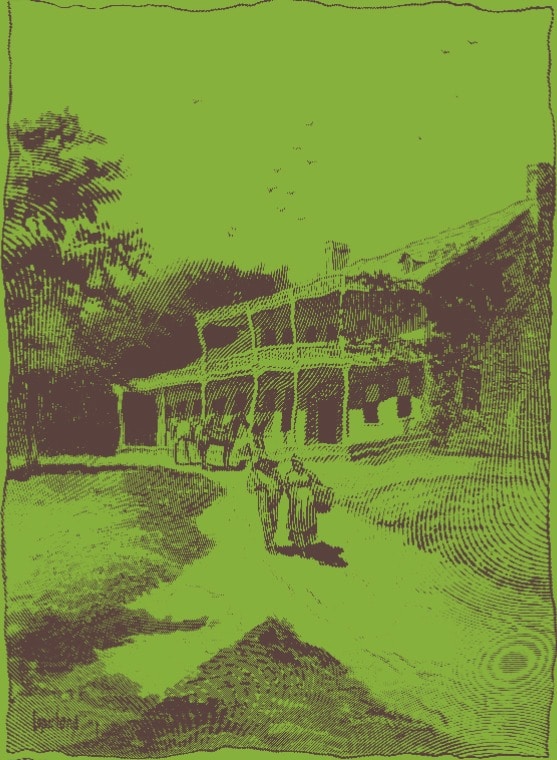
According to Chelf, “My Old Kentucky Home” represented the unlikely front in a struggle to safeguard the American way of life. A hidden menace was threatening its core value: freedom of expression. Influenced by “minority-pressure groups,” two major radio-television networks had stopped broadcasting content that used racist terms for African Americans. A censored lyric in the song’s opening—the substitution of the word “everyone” for the slur “darkies”—had revealed to Chelf that no part of American culture remained inviolable.
“It would appear,” Chelf said, “that there is more to this ban than meets the eye. Who is behind this decree—this pious decision?” Pitched into a cold-war crucible of anxieties about America’s social order and the internal enemies who threatened it, the insinuation was a potential bombshell in a country still reeling from Senator Joseph McCarthy’s spectacular public witch hunts.
Even if you don’t know who Stephen Collins Foster was, you will probably recognize a few of his songs. I was introduced to his music in an elementary school music class, where we sang cleaned-up versions of his folksy chestnuts from tattered orange songbooks. Foster authored such quintessential Americana as “Oh! Susannah!” and “Camptown Races.” When I first encountered him in the late 1980s, he had been dead for over a century, and his songs had attained a slightly stuffy, antique status as incontrovertibly and inoffensively “American.”
Foster has recently reemerged as a complex and contradictory symbol. In the wake of white nationalist violence at the University of Virginia last August, Foster’s hometown of Pittsburgh began discussing what to do with a statue of the composer. The statue depicts a grinning, banjo-playing slave seated at the white composer’s foot. Dedicated in 1900, the Foster statue has since stood on Schenley Plaza near the Carnegie Museum of Natural History in downtown Pittsburgh. Supporters claimed the work honored the artistic inspiration African Americans provided to Foster. Critics called it what it looks like in the 21st century: a demeaning, patronizing expression of a racist nostalgia that still permeates American society. On April 26, the statue was removed to an as-yet undetermined location, the latest entry on the ever-growing list of controversial monuments toppled since Charlottesville.
The removal of the statue represents only the latest in a long series of major reappraisals of Foster’s legacy since his death in 1864. Over his short life, Foster penned nearly 300 parlor songs for voice and piano or guitar. British, Scottish, and Irish melodies, as well as German lieder and Italian operetta, infused his works—which also included so-called “Ethiopian songs.” These pieces were written in an imagined southern black dialect and, disseminated through the immensely popular minstrel show circuit, made Foster America’s best-known musician at home and abroad. The dialect songs depicted fictional plantation scenes from the American South—“whar de corn-top blossom and de canebrake grow,” as Foster describes in “Away Down Souf.” (In fact, he ventured below the Mason-Dixon line only once, briefly, in 1852.)
Was Foster a racist? In his depiction of black characters he was, in some senses, actually far ahead of his time. Modern biographers tend to agree that his dialect songs humanized their African American subjects; others suggest the abolitionist movement reshaped Foster’s creative output from the early 1850s onward. And yet the dialect songs also came to form the backbone of blackface minstrelsy, which trafficked in the crude stereotyping of black lives. Foster’s contemporaries recognized this paradox, which Frederick Douglass teased out in the appendix to My Bondage and My Freedom (1855). Despite “the use that has been made of them,” Douglass wrote, “we have allies in the Ethiopian songs.” Foster’s songs “awaken the sympathies for the slave, in which anti-slavery principles take root”; their popularity abroad rouses “the moral sense of the civilized world.”
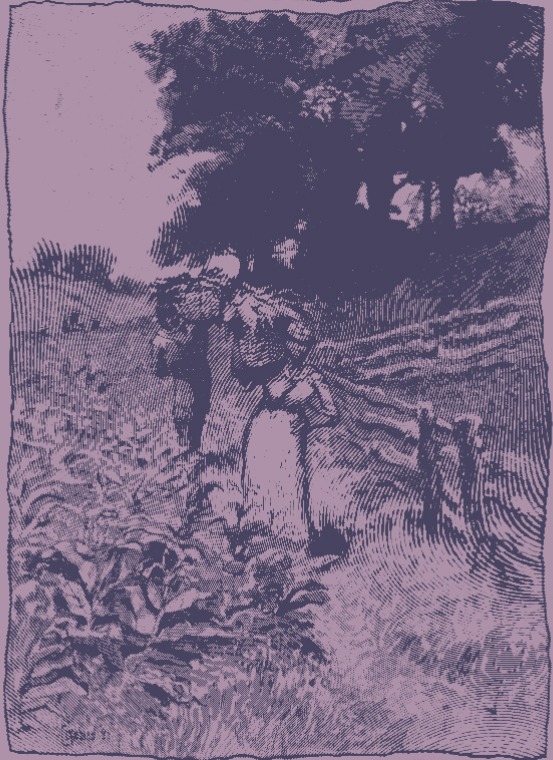
By the early 20th century, that same humble musical fare, and especially the depictions of African American life, began inspiring new assessments. While exhibiting “mediocre talent,” one biographer wrote of Foster in 1920, in his dialect songs the composer had seemingly stumbled upon a “simplicity and directness of utterance which no amount of erudition and sophistication could have equalled in sincerity and potency.” Songs like “Old Uncle Ned,” about a slave who “had no teeth for to eat de corn cake / so he had to let de corn cake be,” became revalued as the authentic expression of some ineffable spirit of America. Kentucky and Florida adopted “My Old Kentucky Home” and “Old Folks At Home” as their official state songs in 1928 and 1935; Foster was anointed “America’s troubadour” by one prominent biographer in 1934.
The reinvention of the Civil War as the Lost Cause made such revaluations possible. A new, sentimental picture of the conflict emerged between the violent end to Reconstruction and the brutal rise of Jim Crow. This new narrative, as the historians Cynthia Mills and Pamela Simpson write in Monuments to the Lost Cause, “said the war was fought to…protect a chivalrous antebellum way of life from northern aggression.” This is the period when groups like the United Daughters of the Confederacy began dotting town greens with cheap bronze monuments.
Folksongs like Foster’s were recruited in an imaginative project to craft nostalgic, pastoral visions of an idyllic past in which whites and enslaved blacks lived in supposed harmony. This racist fantasy powerfully shaped a generation of white southerners who came of age in the 1940s and 1950s. As white historian Charles Dew recounts in his memoir, The Making of a Racist, everyday personal expressions of white supremacy—songs, picture books, toys—indelibly shaped understandings of race in the American South. Ubiquitously part of the fabric of familial and social relations, white supremacy was, Dew writes, “absorbed more through a process of osmosis than through verbal instruction.”
This early 20th-century context helps explain the particularly vitriolic reaction to the mid-1950s radio-television ban on the slurs “mammy” and “darkey”—and especially its focus on Foster. For angry listeners, Foster’s sentimental songs expressed foundational truths about their world in a way that transcended individual words. Their violation represented an attack on a treasured, idyllic, fictional past.
HR 9115, Chelf’s proposed bill, introduced a stiff fine for a first offense related to “the unauthorized censorship of songs,” escalated to felony charges and jail time for repeat offenses. The bill also proposed a sweeping new procedure for any changes. Applicants would need to petition the Federal Communications Committee for approval. Their petition needed to include not only the original lyric and proposed alteration, but also the name and address of the complainant whose objection had initiated the entire process in the first place.
Though the bill applied to the lyrics of any song, Chelf introduced the legislation by focusing entirely on Foster. He waxed poetic, calling Foster’s music “a symbol of our American way of life”; he employed the flowery language of southern nostalgia to argue that the ban insulted “the happy, friendly, carefree, God-fearing, God-loving, industrious colored folks”—that is to say, the slaves—who populated Foster’s songs.
Deliberations took on sinister connotations, with Chelf redeploying the red-baiting language developed by McCarthy and his associates. The minority cannot overrule the majority in a democracy, Chelf told the committee: “Hitler got his start doing things this way—now Russia does it in a 1957 version because the Kremlin controls all media of communication.” To suggest the politics of the few should override the enjoyment of the many was frankly un-American. No group, he added, that “is basically and fundamentally pro-American or real American would ever have the temerity or the intestinal fortitude to either request or insist that any broadcasting agency refrain from broadcasting songs that are basically and fundamentally a part of America.”
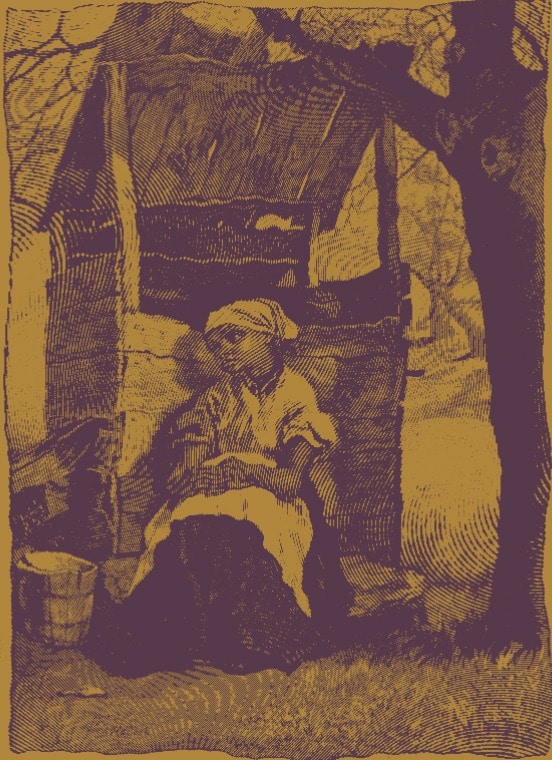
Some observers in the north were bemused: syndicated columnist Bob Wells mocked the “blued-in-the-grass Kentuckian from below the Mason-Malaria Line.” But southern writers took up Chelf’s gauntlet. Newspapers quoted his quip that over-sensitive activists crying “discrimination” might force a new paint job at the White House; the Kentucky Standard published an editorial titled “Censorship Can’t Change History.” The conservative magazine American Mercury asked readers to imagine Al Jolson in blackface, down on one knee, trying to rhyme the word “Alabammy” with “Mother” in a bowdlerized version of Foster. (“My mammy, my little mammy / My heartstrings are tangled around Alabammy,” Jolson sang in a signature hit from 1921.)
The committee ultimately deferred a decision on Chelf’s bill, effectively killing the proposal. The same fate awaited a similar bill, as well as two resolutions to open official investigations into the issue. CBS and NBC, however, capitulated to Chelf’s demands, no longer censoring the racist terms from broadcasts of official state songs. And the term “darkey” remained in Kentucky’s song until 1986, when an unaltered performance by visiting Japanese schoolchildren—the jarring juxtaposition of non-American children singing these words—finally provoked lawmakers to act.
While legislation against the ban failed, understanding this historical debate helps us to parse the deeper ideological subtext of concerns over culture and “political correctness” in the United States. The tyranny of the minority exercising influence over the majority; the fragility of liberal democracy in the face of illiberal pressures; the appeals to a notion about who can be a “real” American and what constitutes “the American way of life”—these concepts flourished, growing rapidly in the fertile political ground of a 1950s political order that saw conspirators at every turn, and imagined an American society only too susceptible to infiltration.
While that particular cold-war political context has disappeared, its tactics and worldview persist. The rhetorical moves its proponents used—invoking the “slippery slope,” or drawing false equivalencies—remain depressingly commonplace. (Paradoxically, Chelf’s anti-censorship bill reeked of censorship itself.) But in a more fundamental sense, this episode reveals how questions of culture and political correctness were able to become linked to problems of liberal democracy and national security in the first place.
We recognize the situation because it feels so familiar. Theoretical anxieties about political correctness, rather than the political correctness itself, cause outsized backlash. And so a broadcast policy related to racist language can be perceived to threaten democracy; the adoption of gender-neutral pronouns may, as Jordan Peterson contentiously claimed last year, lead to totalitarianism; the Pulitzer Prize Committee’s recognition of a hip-hop album using “bad” language may, as a few angry composers suggested, mark the end of civilization. (“Maybe I’m just getting old,” offered former New York Times critic Tim Page in dissent, “but I don’t believe that any single prize will bring on the Decline of the West.”)
Essentially, we are dealing with two competing conceptions of “political correctness.” On the one hand, there is a belief in the importance—and efficacy—of using language to reshape the public sphere in some positive sense toward a future goal. On the other hand, there is the conception of “political correctness” as a threat to a pre-existing public order, a conception that sees the enforcement of policies to ensure the rights of the minority as necessarily threatening the rights of the majority.
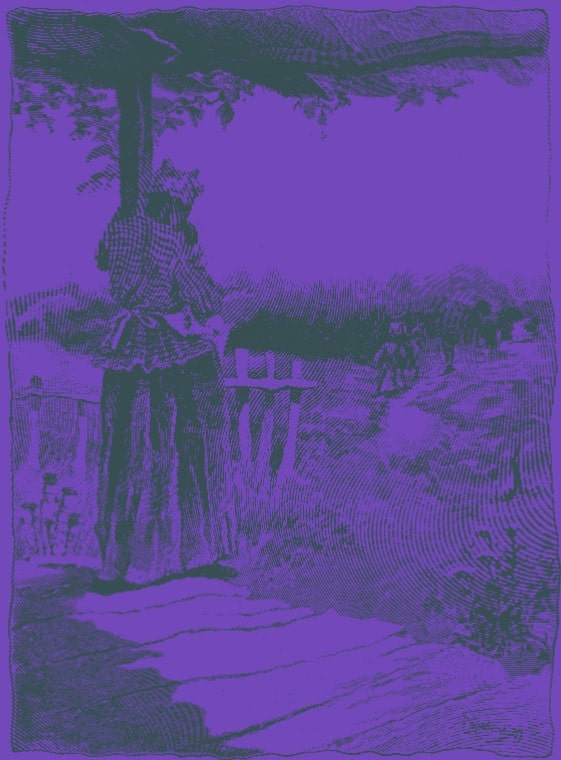
These two conceptions cannot be reconciled. The former rests on the belief that public order is malleable, subject to change and improvement. In some ways its proponents overstate the importance of using “correct” language, an especially pernicious problem when they also underestimate the need for structural reform. But the latter conception depends on belief in a rigid order whose security is always potentially under threat. Importantly, it maps that threat onto binary oppositions: between majority and minority, democratic and non-democratic, American and non-American. (And, of course, white and black.)
Hopefully the removal of the Foster statue can “be used to help the dialogue of race,” Pittsburgh Mayor Bill Peduto said last March. “We want to be able to understand it for its history.” But what if the problem isn’t dialogue, or understanding a statue’s history, but something more fundamental?
As for where the statue will end up: so far, there have been no takers. ¶

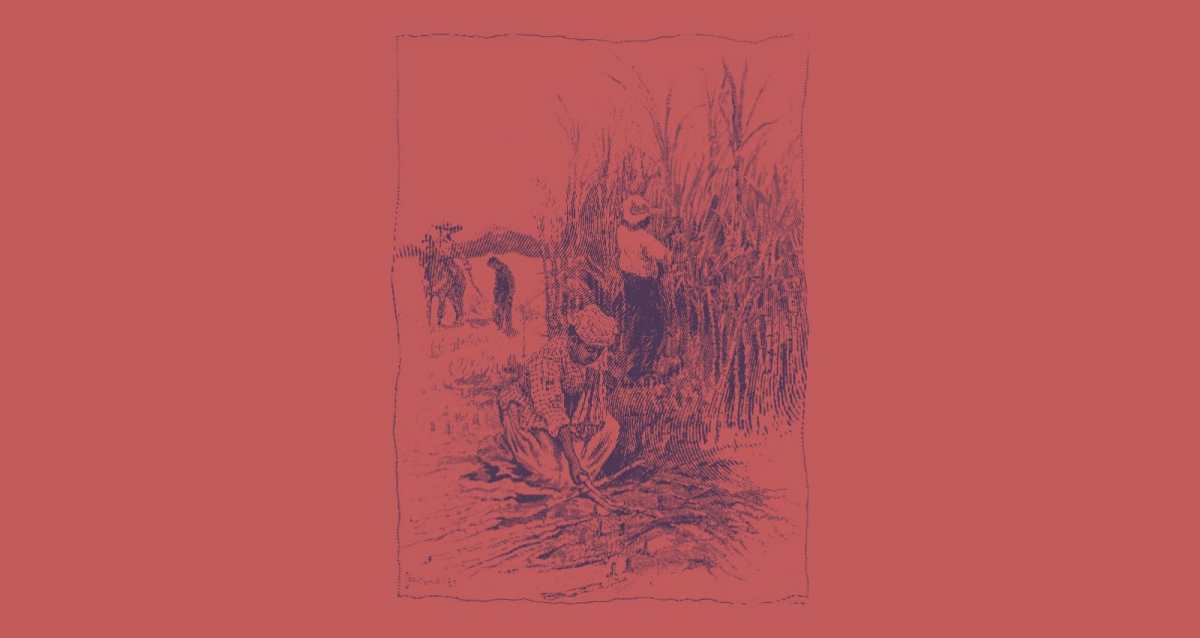
Comments are closed.